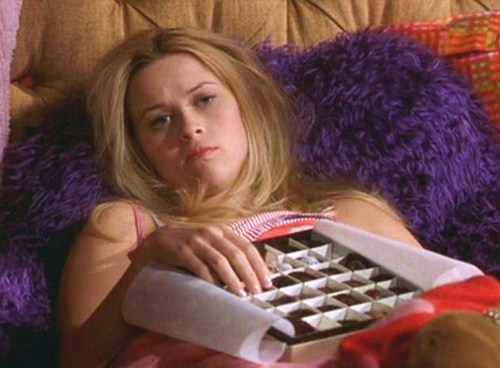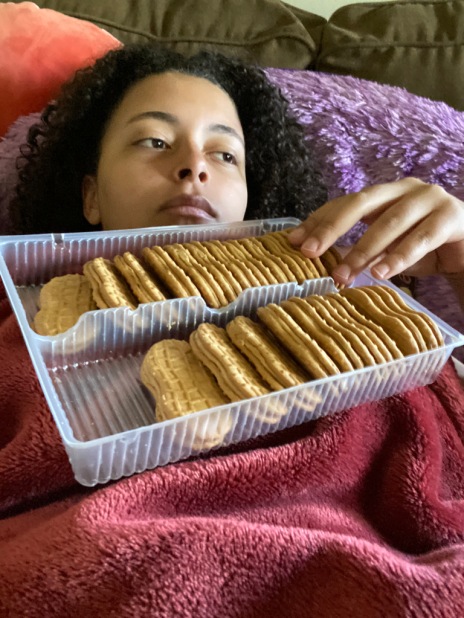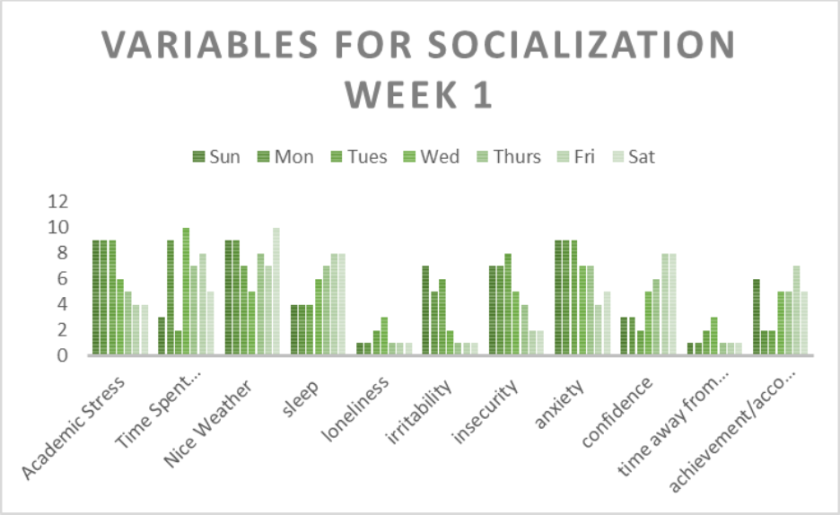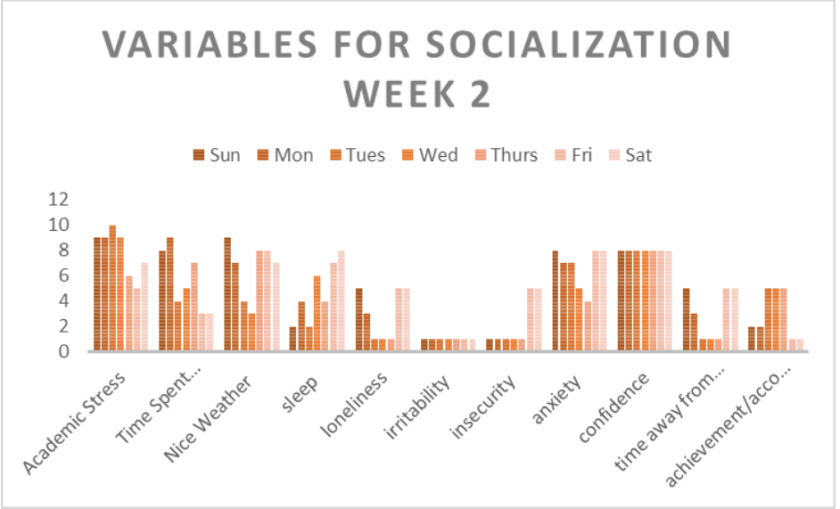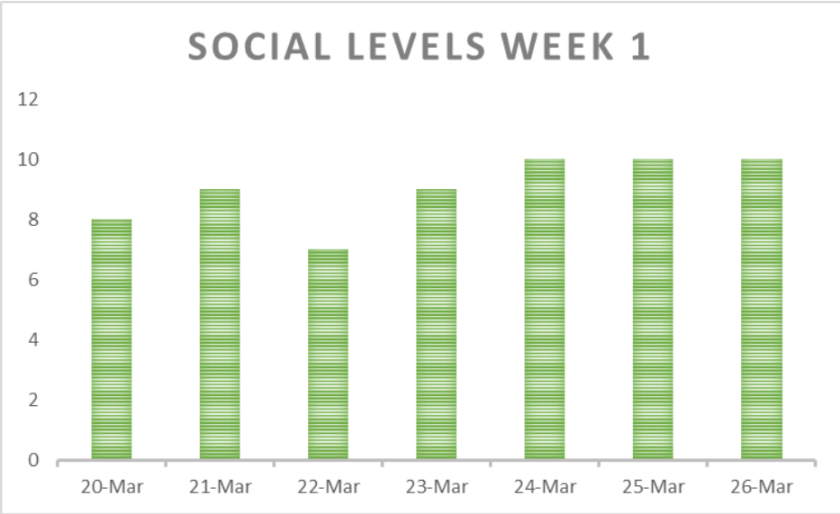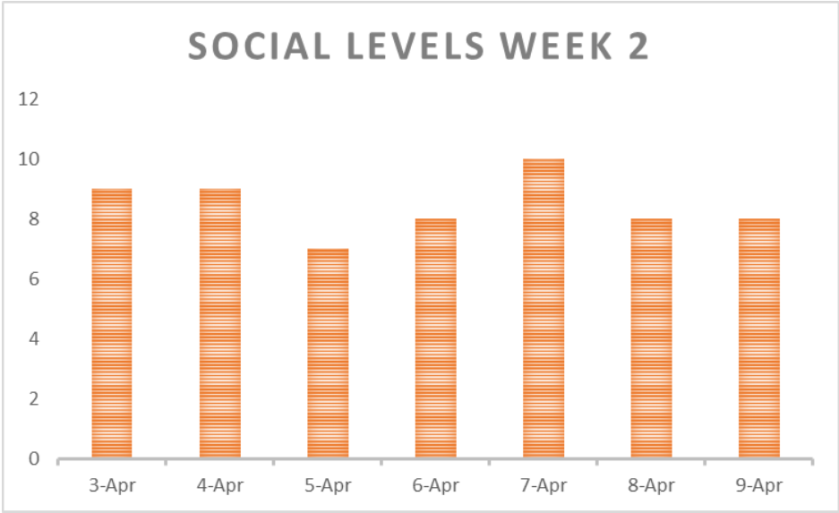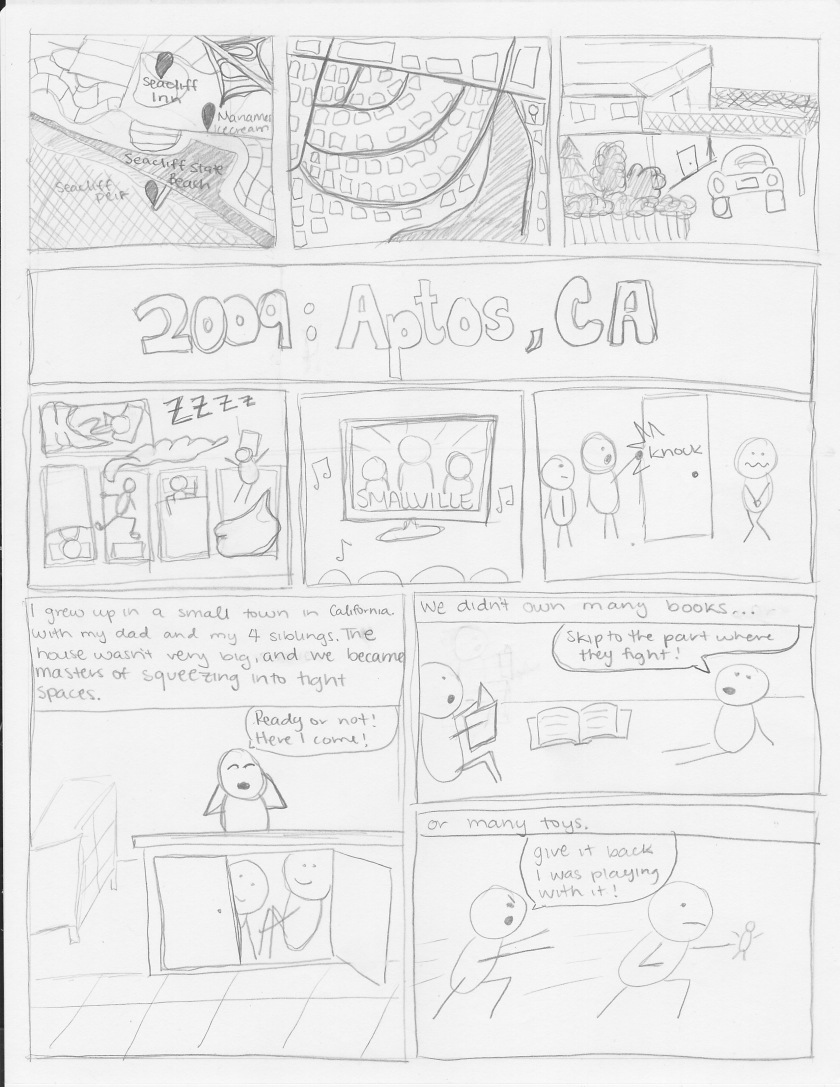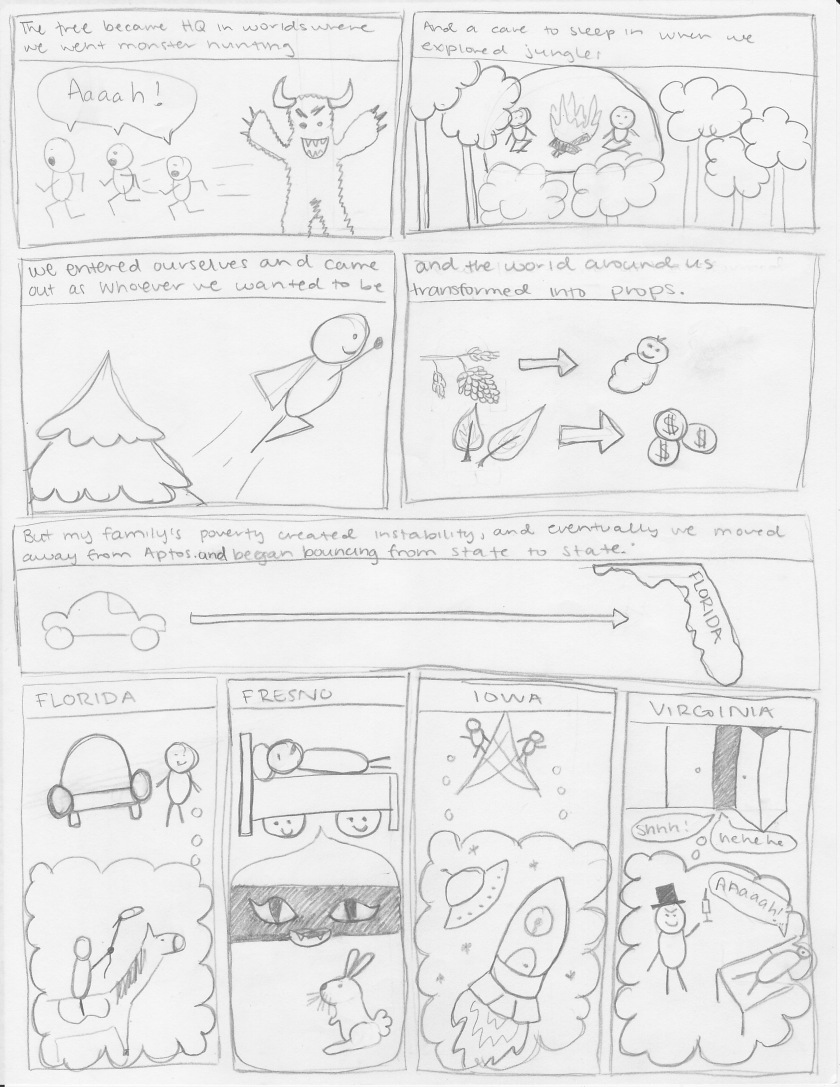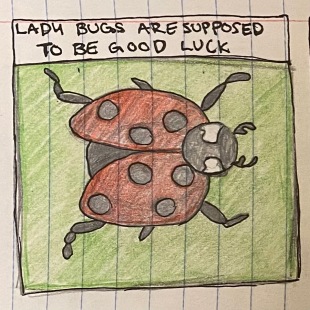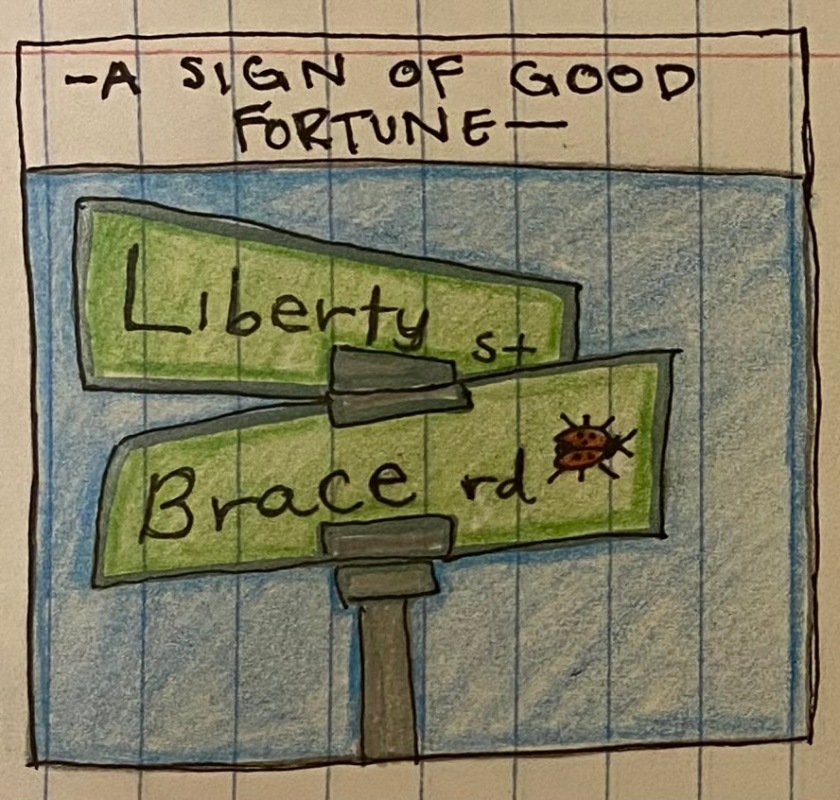When I was six we lived in a two-story house in Santa Cruz, a town that smelled like the sea. We walked on the pavement with bare feet, and the beach was our backyard. We would shout the lyrics to Dynamite and Break Your Heart by Taio Cruz, and stay up late on Friday nights watching Smallville with our dad.
The house was small, with only two bedrooms and one bathroom for all six of us to share. My four siblings and I slept on air mattresses on the floor of the larger room, and I would often wake up to find my sister’s foot in my face or one of my brothers drooling mere inches from my head. Despite this, I didn’t mind the cramped quarters because sharing one room made it much easier to play “The Game.”
“The Game” was an intricate game of pretend that my older brothers introduced to us in the front yard of our tiny California house. There, offering a good amount of privacy from the road, towered a massive pine tree. Under its bonnet of needles and branches was a hollow center; like a secret cave made from wood rather than rock. Crammed under the tree, our limbs tangled together in an effort to fit all five of us, my brothers explained the intricacies of “The Game.”
There were many rules in the game, but two were more important than the others. First, we had to have a unique character. We didn’t grow up with a lot of toys, and what we did have we were forced to share with each other, but in The Game whatever we came up with we got to keep for ourselves. These characters were our only true possessions at the time. They were intangible, yet had the potential to change our lives, at least for a moment.
Our second rule, much more important than the first, was that the game never ended. There were multiple versions and multiple timelines, but there was never an ending to any of the stories. They continued to grow as our characters grew, the story following several generations of imaginary family lines. Homes, friends, and even family were temporary growing up. As children, we didn’t fully understand the complex web of cause-and-effect interactions that dictated our movements and caused our instability. The infinite nature of the game provided us with an illusion of control as our lives continued to shapeshift.
To anyone else, our play looked like a passionate conversation amongst little kids, but for us, it was a full immersion experience. Our pine tree became headquarters in worlds where we went monster hunting and a cave to sleep in when we explored jungles. Like the Bridge to Terabithia, that tree was our gateway to the world of pretend. We entered ourselves and came out as whoever we wanted to be. In “The Game” we could do anything and be anyone. We developed and grew our character lists, each character having their own unique backstories, special abilities, and interests. The world around us was transformed into our props: Pine needles turned into shedding monster fur, and mulch became coins to use in the marketplace. Pine cones were our children, and winterberries were jewels stolen from pirate ships.
Nevertheless, after five months in the Aptos house, the tree was stripped of its role as our portal when my family packed up our meager belongings and moved away. Headquarters became the beetle green minivan that clanked along the highway toward Florida. The car died in a gas station parking lot along the way and my siblings and I pretended to celebrate the death of the beast that held us hostage in its stomach. What was sure to be a stressful situation for my father, became nothing more than a plot point in our game.
In Florida, our portal became an old couch where we learned we could fit under the cushions if we kept still. That portal turned our floor to lava and the couch cushions into floating islands. It made the arms of the sofa horses that we rode into epic battles between werewolves and vampires. In Fresno, it was the gap beneath my bed where we transformed into hunters that stalked our prey or became architects building amusement parks for the ants that trailed out the walls. Then there were the Eiffel Tower-shaped climbing ropes at the park down the street from our home in Iowa that became a rocketship for extraterrestrial exploring and a prison for young witches charged with the misuse of elemental magic. And in Virginia, the closet with a secret passage that turned into a bunker where we hid from aliens or escaped from the labs of evil scientists.
Our game followed us as we bounced from city to city, and state to state, transforming everyday objects into escape routes. By age ten I recognized the coolness of tile during hot summers, the slight tickle of not-so-plush carpet, and the bounce of hardwood. I had a preference for buildings with lots of windows and small fenced-in yards. I knew what peach and date seeds looked like in the dirt, but not what the saplings looked like as they grow. I knew that a toy dropped between the wall and the washing machine would never be recovered and that there is such a thing as permanent dust. The game did not erase my reality, but it made it less harsh. It was impossible to fully block out the world, but the game provided a cushion until we were old enough not to need it.
Eventually, my siblings and I stopped playing pretend, our days being taken up instead by new technologies and friends. My siblings settled into their lives, content with “The Game” and all its portals becoming just another childhood memory, but for me, the portals stayed an active part of my life. An uncertain childhood nurtured an uncertain adult and I still find myself grasping for a cushion from the world or any semblance of control. As I grew older the portals grew with me, becoming sheets of college-ruled notebook paper and a 24 pack of mechanical pencils. They are the notes app on my phone that holds my stories, and my computer keyboard with a sticky “M” key. They are novels with dog-eared pages and broken spines, and ebooks that sting my eyes on late nights.
Reading and writing continue to bring to life my wildest dreams and most peculiar imaginings, yet they are more important than just that. They have become my portal away from this world. They are a reliable comfort when my life is moving too fast and a neverending story when endings seem too abundant in reality.
